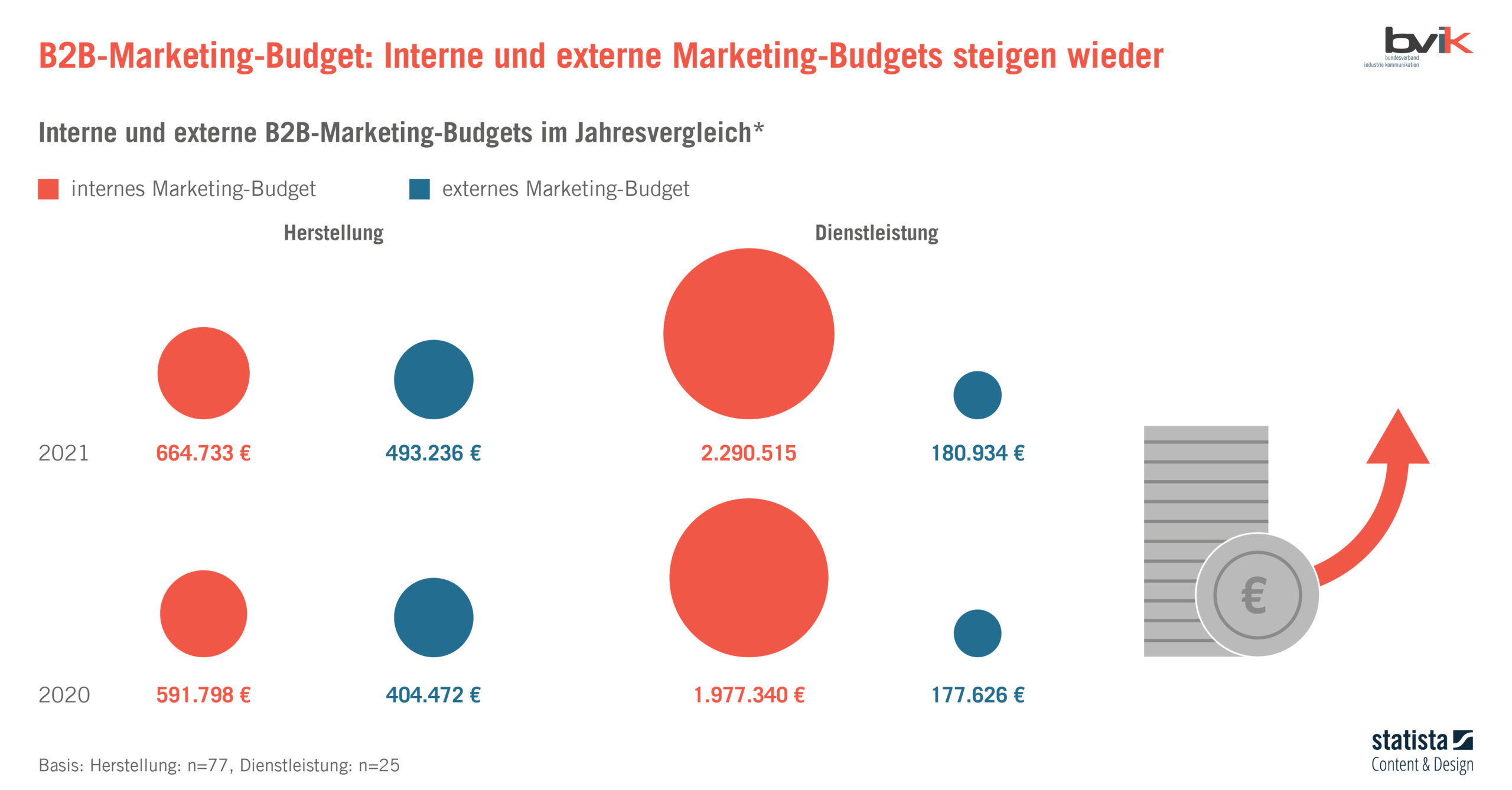 Creating a Marketing Budget: A Comprehensive Guide
Creating a Marketing Budget: A Comprehensive Guide
In today’s competitive business landscape, creating a marketing budget is crucial for brands seeking to effectively allocate resources and maximize their return on investment (ROI). Without a clear budget in place, it can be challenging to track expenses, measure performance, and make informed decisions about where to invest your marketing dollars. In this article, we will provide you with a step-by-step guide on how to create a marketing budget in nine simple steps, along with a free template to help you get started.
Step 1: Set Your Goals
Before diving into the world of marketing budgets, it’s essential to establish clear goals for your marketing efforts. Whether you aim to increase brand awareness, drive website traffic, generate leads, or boost sales, your goals will influence how you allocate your budget across different channels and tactics. By defining your objectives from the outset, you can ensure that every dollar spent is working towards achieving those goals.
Step 2: Determine Your Target Audience
Understanding your target audience is a crucial aspect of creating an effective marketing budget. Identifying who your ideal customers are, where they spend their time online, and what messaging resonates with them allows you to tailor your marketing efforts to reach and engage with the right people. By aligning your budget with the preferences and needs of your target audience, you can optimize your marketing campaigns for maximum impact.
Step 3: Analyze Past Performance
Taking a retrospective look at your previous marketing campaigns is invaluable when creating a marketing budget. By analyzing key performance metrics such as ROI, conversion rates, and customer acquisition costs, you can identify areas for improvement and make data-driven decisions about where to allocate your budget moving forward. Learning from past successes and failures allows you to fine-tune your strategies and achieve better results.
Step 4: Research Industry Benchmarks
Researching industry benchmarks provides insights into how much other brands in your space are spending on marketing. This information helps you set realistic expectations for your budget and ensures that you are investing enough to remain competitive in the market. By benchmarking against industry standards, you can gauge the effectiveness of your marketing spend and make adjustments as needed.
Step 5: Allocate Your Budget Across Channels
Once you have a clear understanding of your goals, target audience, past performance, and industry benchmarks, it’s time to allocate your budget across different marketing channels. Whether you choose to invest in social media advertising, content marketing, email campaigns, or paid search, ensure that your budget aligns with your overall strategy. By diversifying your marketing efforts across multiple channels, you can reach a wider audience and increase your chances of success.
Step 6: Set Key Performance Indicators (KPIs)
To measure the success of your marketing efforts, it’s crucial to establish key performance indicators (KPIs) that align with your goals. Whether you are tracking website traffic, lead generation, customer acquisition, or revenue growth, make sure that your KPIs are specific, measurable, achievable, relevant, and time-bound. Setting clear KPIs allows you to monitor progress and make data-driven decisions to optimize your marketing budget.
Step 7: Monitor and Track Costs
Once your marketing budget is in place, it’s essential to monitor and track costs on an ongoing basis. By keeping a close eye on your expenses and comparing them to your budgeted amounts, you can quickly identify any discrepancies or areas where you may need to adjust your spending. Regularly reviewing your costs ensures that you stay within budget and allows you to make informed decisions about reallocating funds if necessary.
Step 8: Evaluate Performance and Adjust Accordingly
Regularly evaluating the performance of your marketing campaigns against your KPIs is crucial to measure their effectiveness. If certain tactics are not delivering the desired results, don’t be afraid to pivot and reallocate your budget to more effective channels or strategies. By continuously assessing and adjusting your marketing efforts, you can optimize your budget allocation and maximize your ROI.
Step 9: Iterate and Improve
Creating a marketing budget is an iterative process. As you gain more insights into what works best for your brand, continue to refine and improve your budget allocation to optimize your marketing efforts and drive better results over time. Embrace experimentation, learn from both successes and failures, and continuously adapt your budget to stay ahead of the curve.
Download Free Marketing Budget Template
To help you get started with creating your marketing budget, we have created a free template that you can download and use to track your costs. Simply click the link below to access the template and start planning your marketing budget today.
By following these nine steps and utilizing our free template, you can create a comprehensive marketing budget that will help you achieve your goals, reach your target audience, and maximize ROI. Don’t wait any longer – start planning your marketing budget today and take your brand to the next level!
